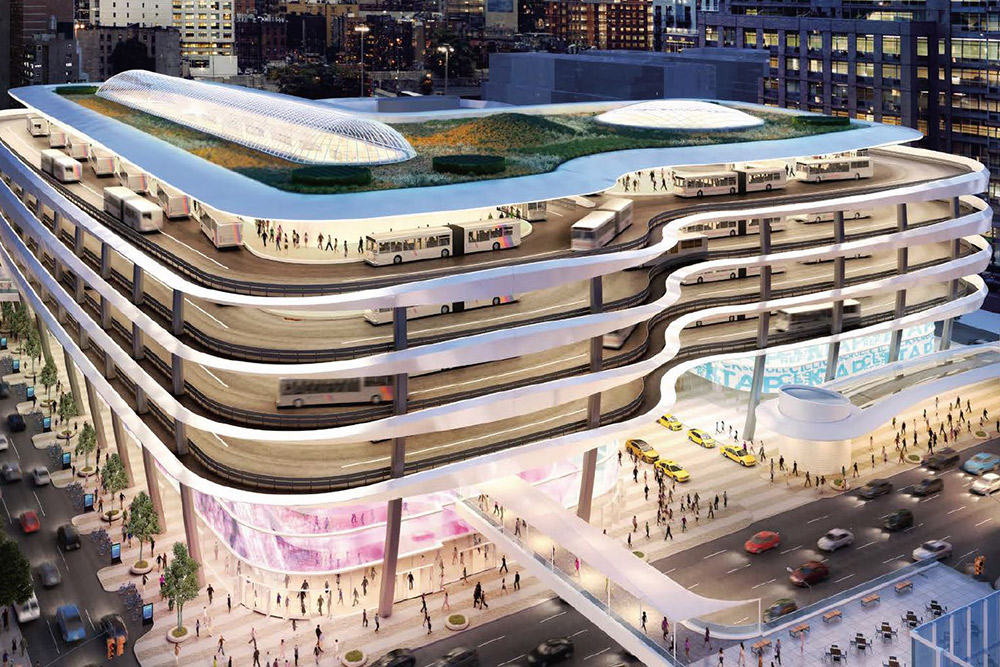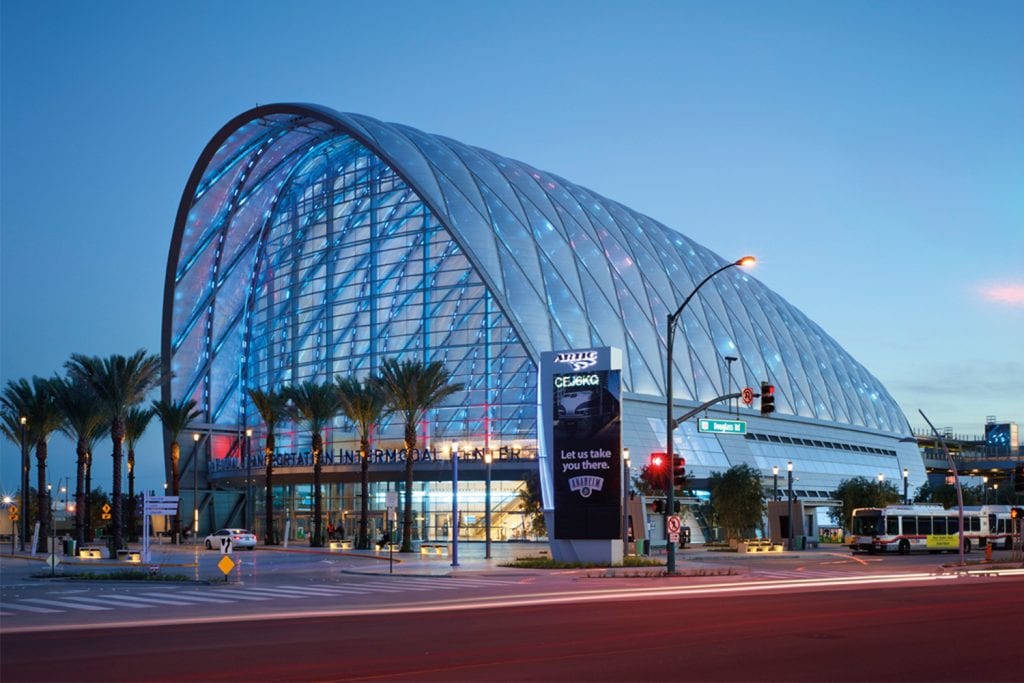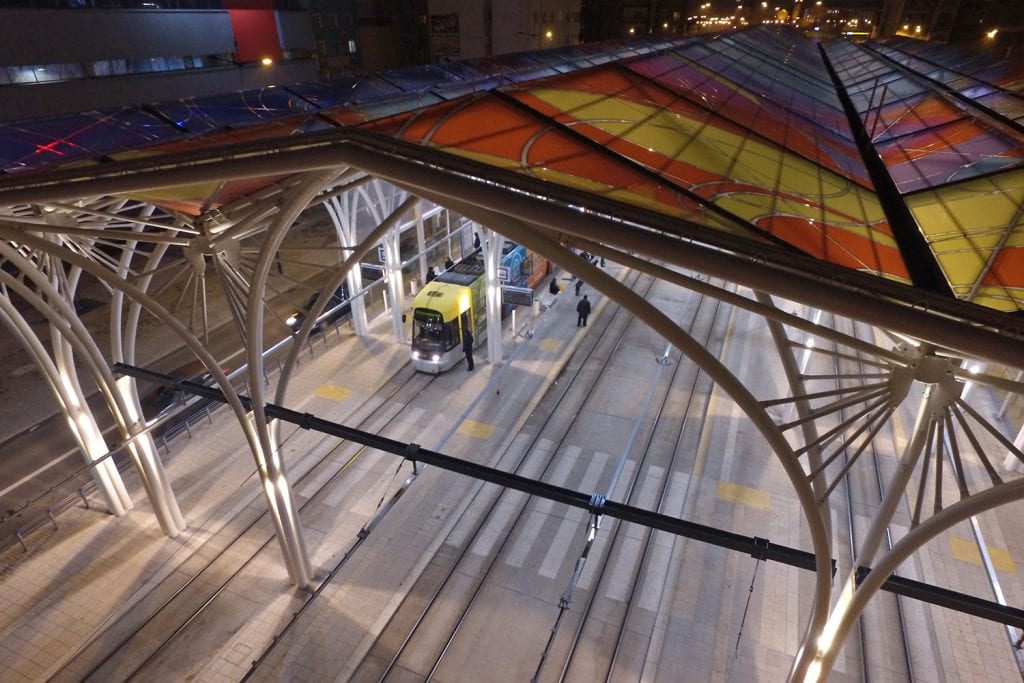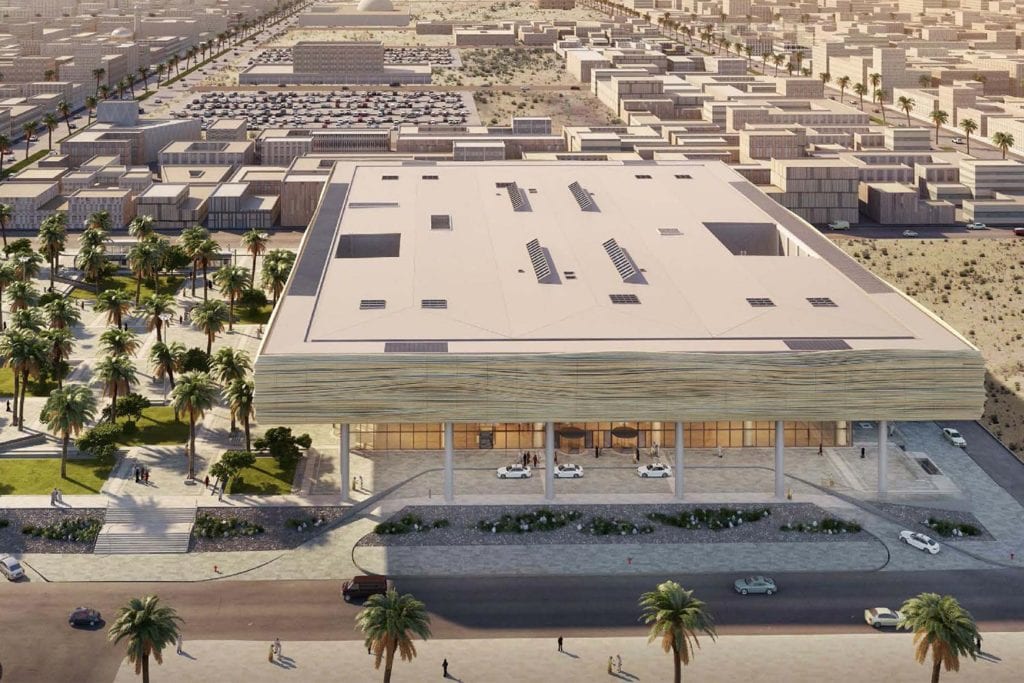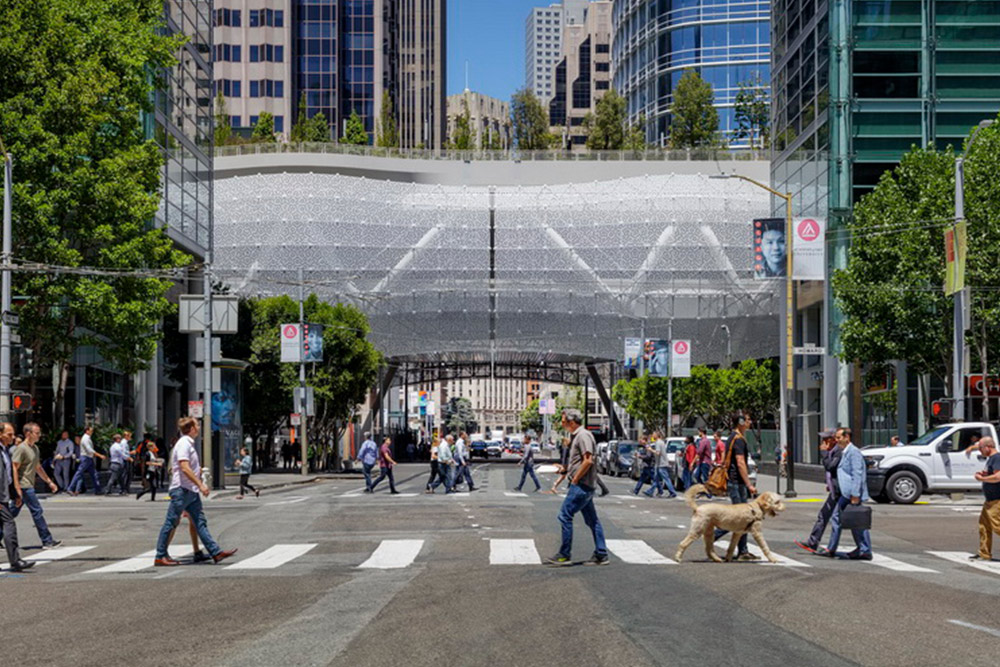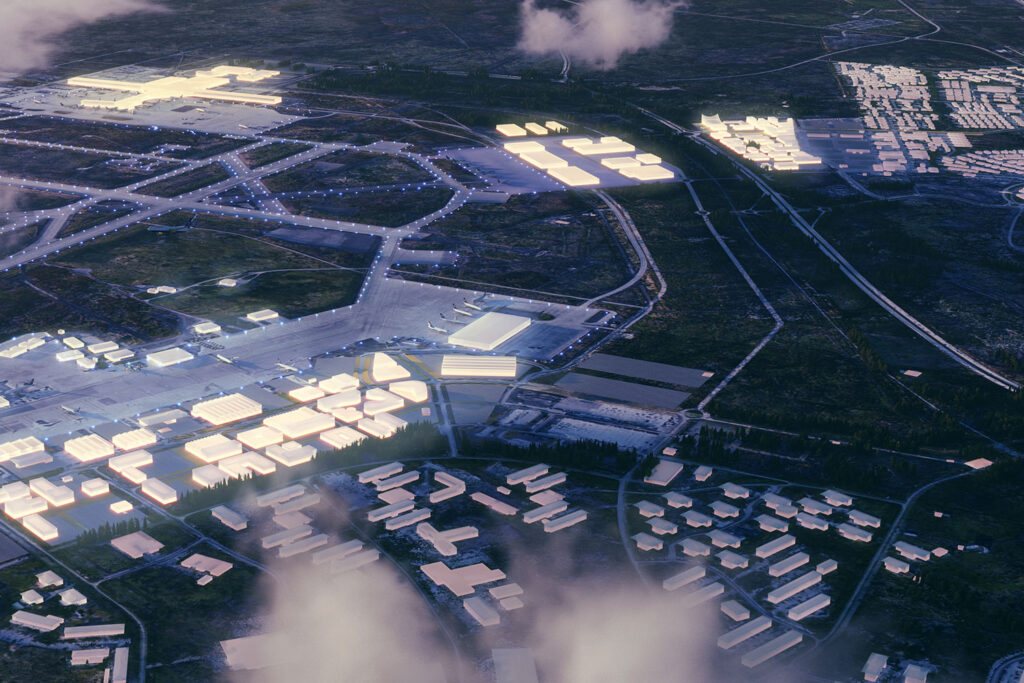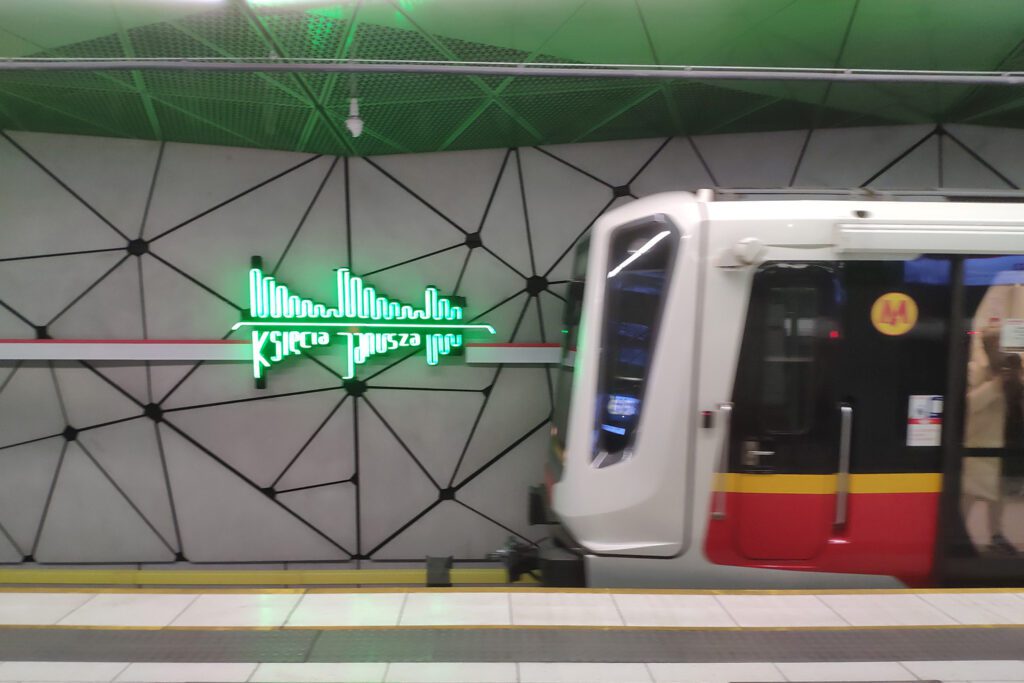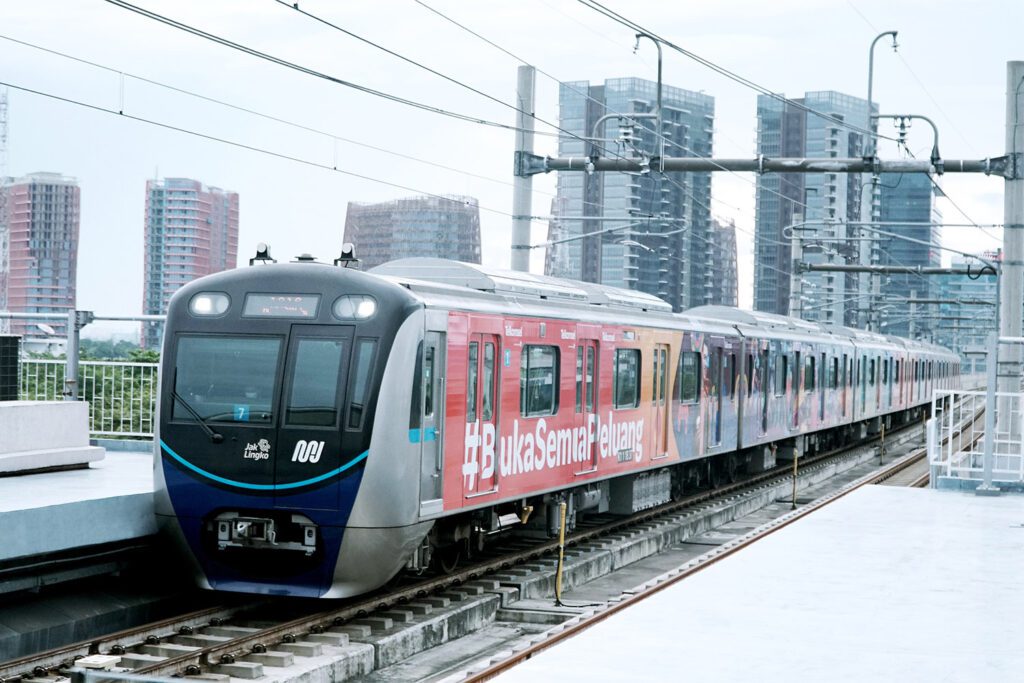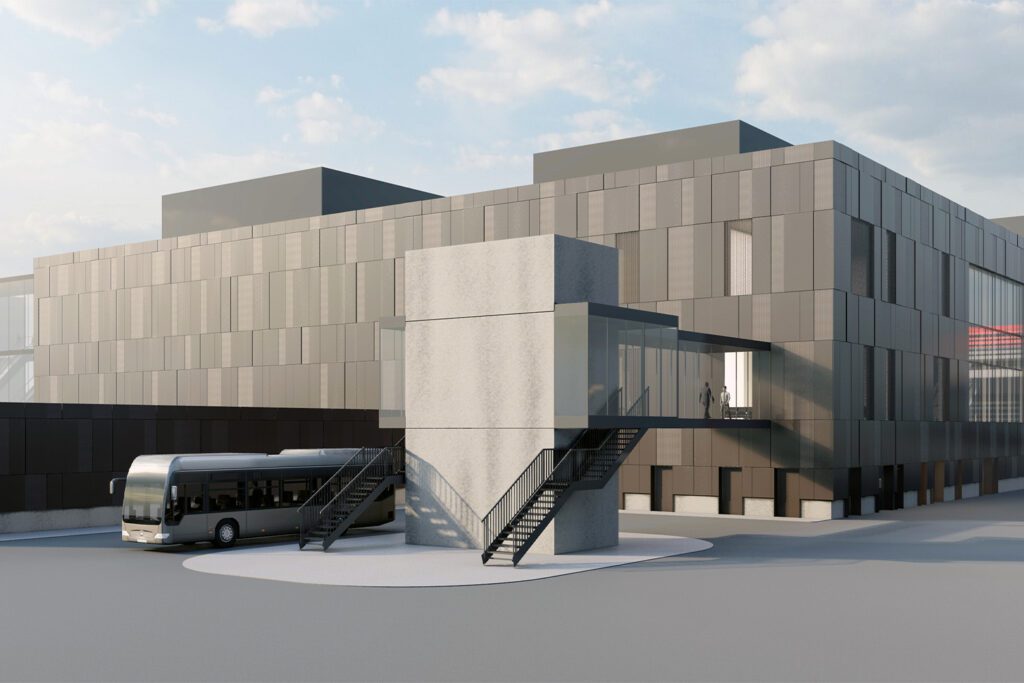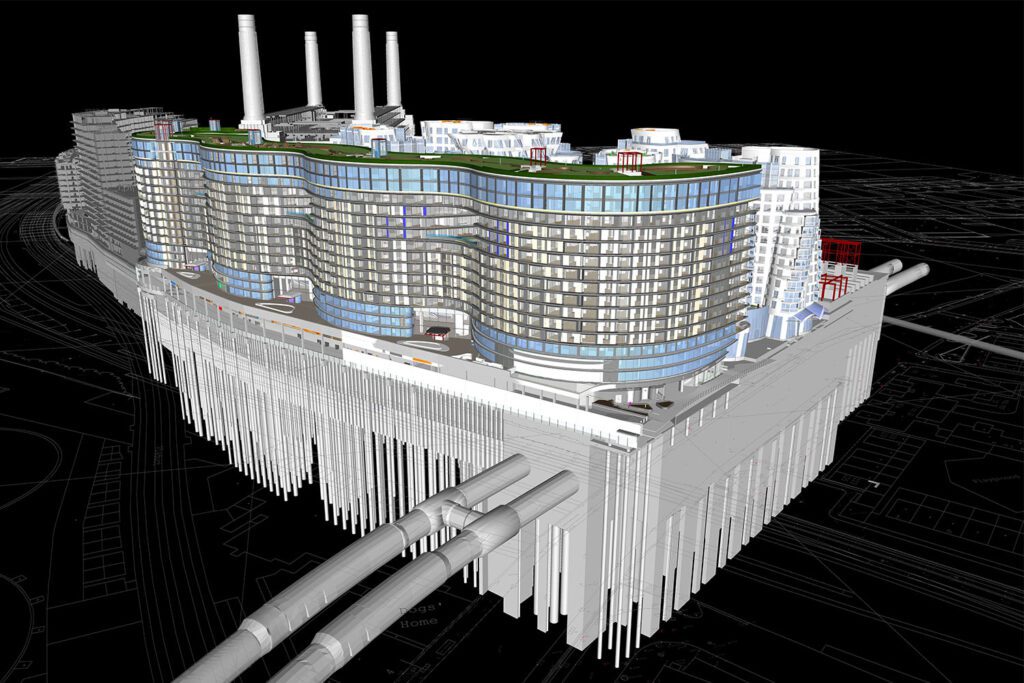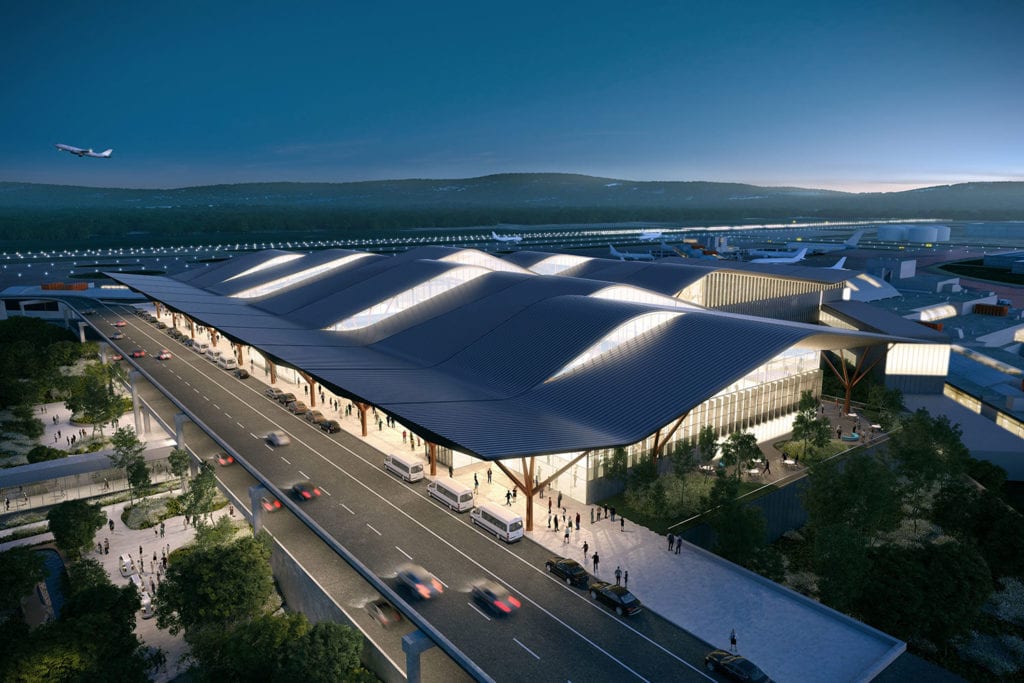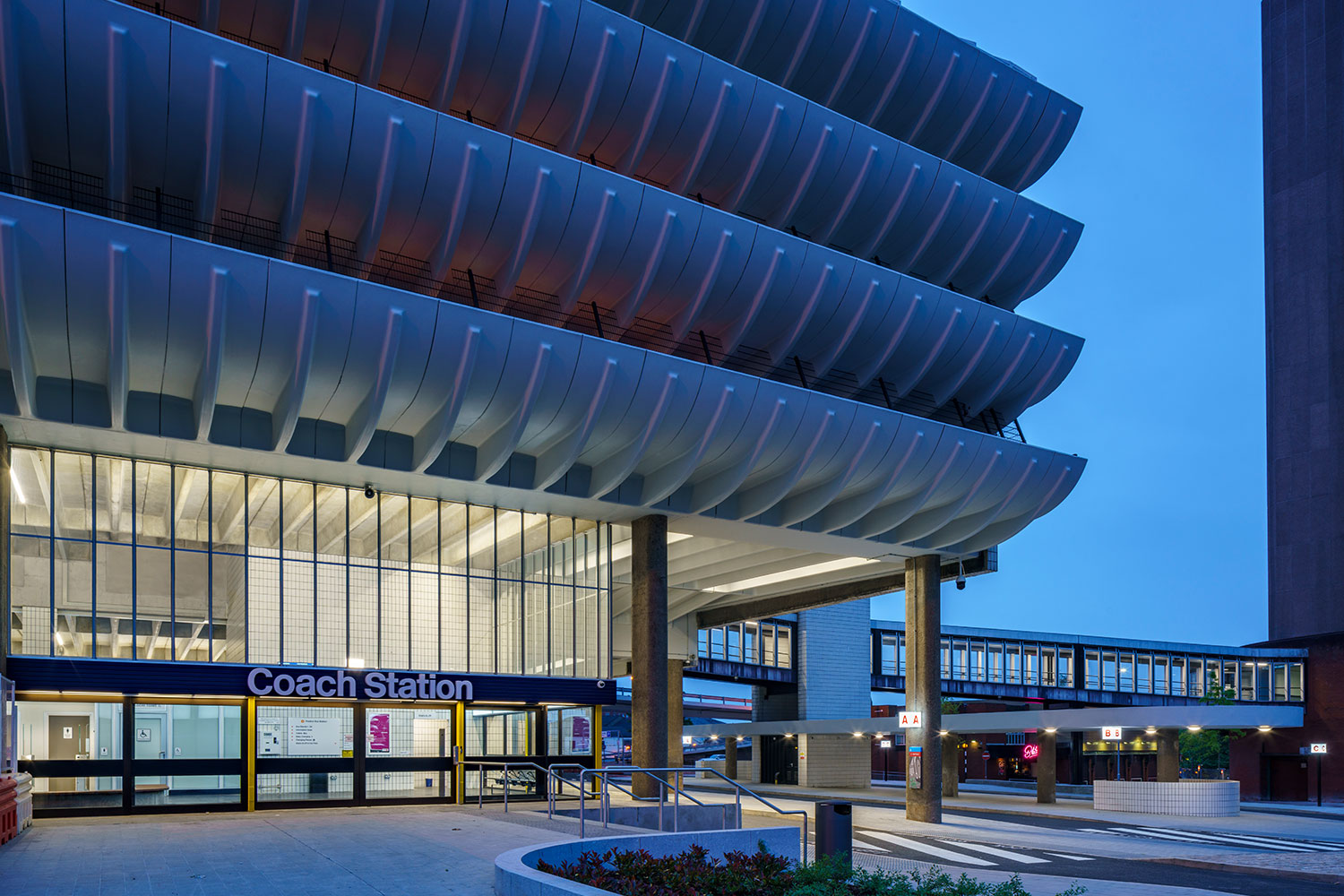
Rescuing a brutalist landmark from terminal decline
Preston Bus Station
Preston, UK
Project details
Client
Lancashire County Council
Architect
John Puttick Associates
Duration
2015-2018
Services provided by Buro Happold
First opened in 1969 – the zenith of the Space Age – Preston bus station is a daring piece of aspirational civic architecture. The understatedly upmarket interior of this brutalist megastructure was designed to convey the luxury of air travel, an experience that very few people could afford at the time.
Refined touches included seats, doors and rails made of oiled iroko – a durable tropical hardwood – along with black rubber floor tiles manufactured by Pirelli.
The original concourse provided access to bays for 80 buses, 40 along each side. Above this vast double-height waiting area, which features a mezzanine level for offices, nine tiers of parking space could accommodate up to 1,100 cars. These upper decks provide the edifice’s enduring visual identity – a striking scalloped and stacked concrete facade running 170m along the length of the building, front and back.
Following a protracted campaign to stave off demolition, the bus station was awarded Grade II listed status in 2013. Subsequently, emerging architecture firm John Puttick Associates won an open competition to undertake internal restoration work and update the layout. Buro Happold was engaged to provide fire engineering and inclusive design services for this project.

Challenge
Conceived to meet a population boom spurred by a regional development plan that failed to transpire, Preston bus station offered a scale of service far in excess of actual demand. Nonetheless, while not catering for envisioned user numbers, this is still a busy facility – up to 10,000 passengers pass through the building every day. Any changes were required to support this capacity; all project works had to allow the terminal to remain open for business. Improving access to – and the accessibility of – the bus station was an important part of project delivery. The original scheme accounted for large numbers of people arriving by car. Now the emphasis had to shift towards pedestrians.

Once a clean sweep of minimalist grandeur, the concourse had become cluttered and dilapidated over time. Meanwhile, piecemeal measures to address accessibility and safety concerns had proved detrimental to the building’s visual coherence, navigability and sense of space. The local planning policy identified that the terminal did not function effectively as a regional transport hub for reasons of layout, use of three underpasses – hotspots for antisocial behaviour, litter and graffiti – and the fact that it fell short of disability regulations. Moreover, during the course of the design, it became apparent that the fire strategies for the bus station and car park were not aligned.
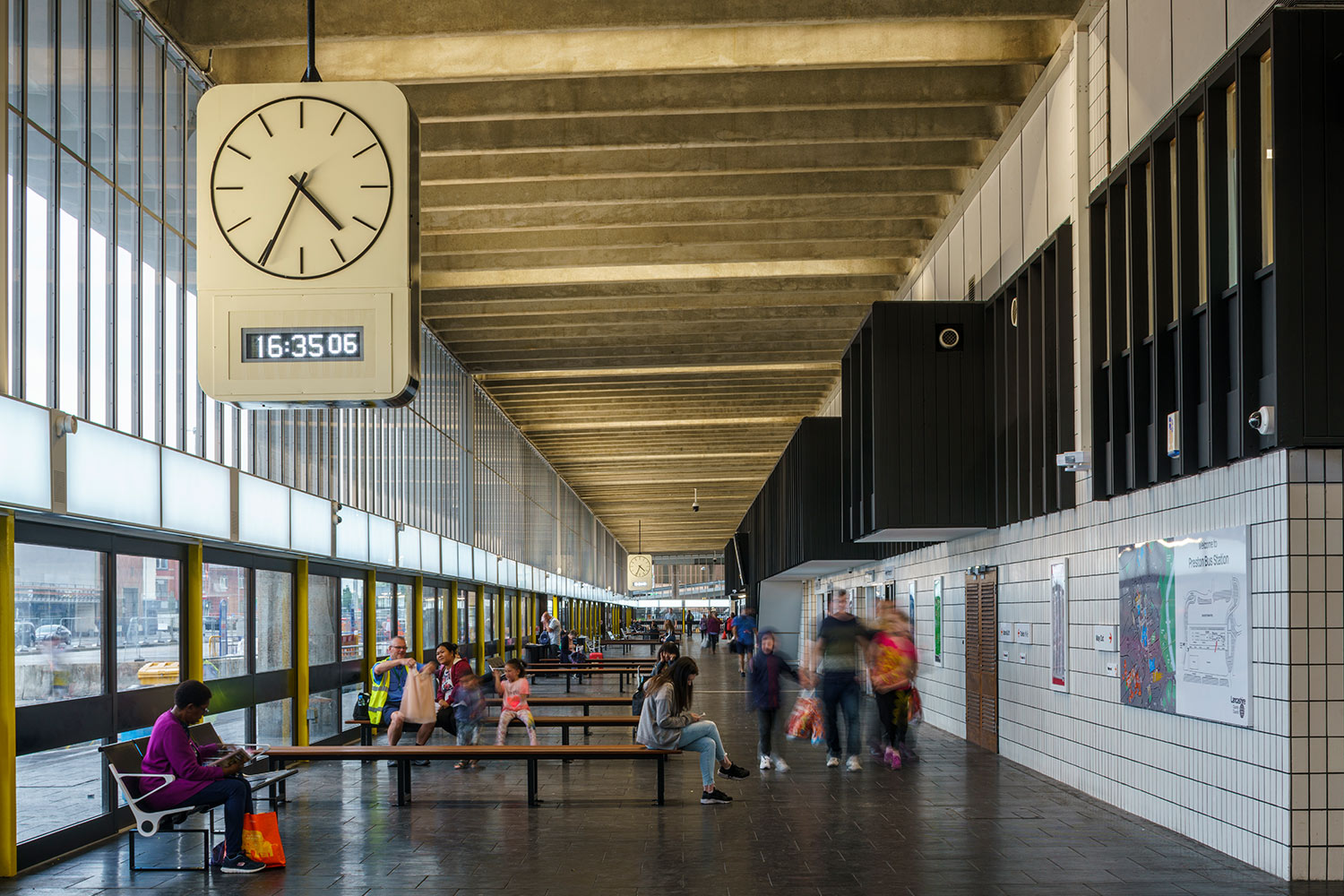
Solution
Buro Happold worked closely with Lancashire County Council, the architect and the Twentieth Century Society to ensure that the refurbishment retained sympathetically restored heritage elements within a listed structure while providing a modern environment with user diversity in mind.
Taking account of existing passenger volume, the number of bus stands has been halved and moved to one side of the building. This intelligent piece of restructuring has created a new pedestrianised area and greatly improved access, which allowed the problematic underpasses to be filled in with concrete. Consequently, the approach to the station is friendly and safe.
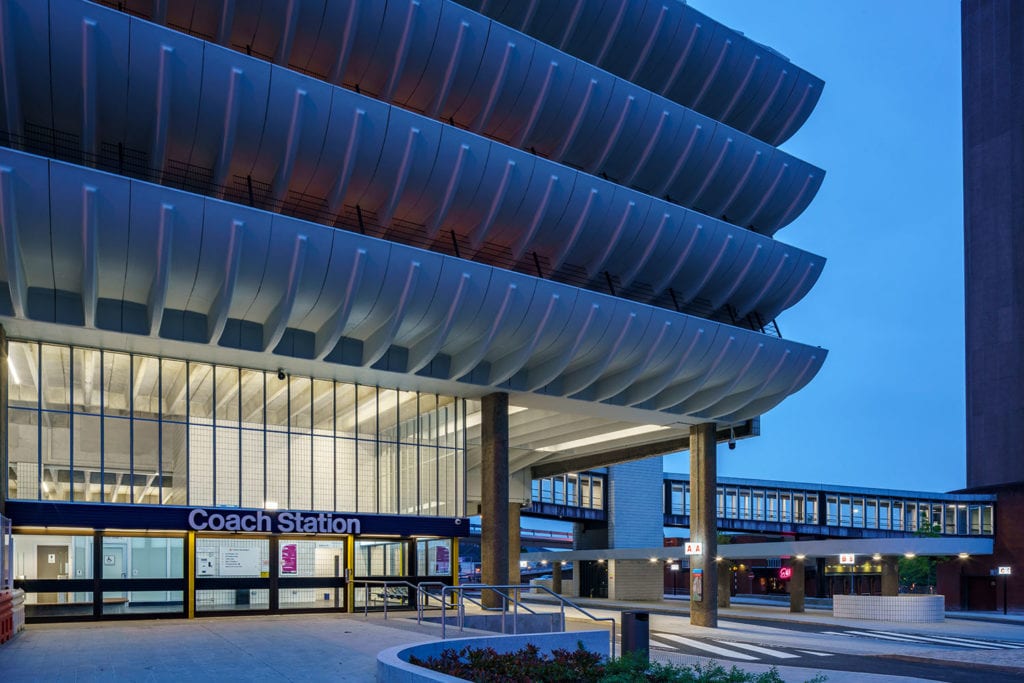
Looking inside, meticulous conservation combined with a pragmatic overhaul has re-established the concourse’s crisp utilitarian aesthetic. For example, the iroko timber has either been reconditioned or repurposed while heavy wooden sliding doors have been replaced with automatic aluminium replicas. Significant decluttering of signage has seen the removal of garish private bus company branding in favour of a uniform Rail Alphabet typeface in orange and black throughout.
Our team advised on improvements to the car park relating to fire strategy and interaction with the bus station, which included fire alarm cause and effect. Throughout construction work, the existing provisions within the bus station became unclear as regards existing fire separation and unseen spread of fire. BuroHappold carried out a non-destructive survey of the building to determine the passive fire protection. We also advised on feasible improvements to ensure that the building achieved the fire safety standards required by Lancashire county council.
The building remained in operation throughout construction and works, which were completed in July 2018.
Value
Stylishly rejuvenated to serve its prime functional purpose, this monumental public building has been saved from destruction and returned to the community. It is a truly unique place to catch a bus.
Described by RIBA’s prize jury as “an exemplary restoration and reworking of a mid-century building”, this project has won several accolades. These include RIBA North West Award 2019, RIBA North West Conservation Award 2019, RIBA North West Client of the Year 2019 and RIBA National Award 2019.

Awards
2019
RIBA North West Award
2019
RIBA North West Conservation Award
2019
RIBA National Award
2022
Civic Trust Awards, Special Award for Reuse and Adaption, winner




